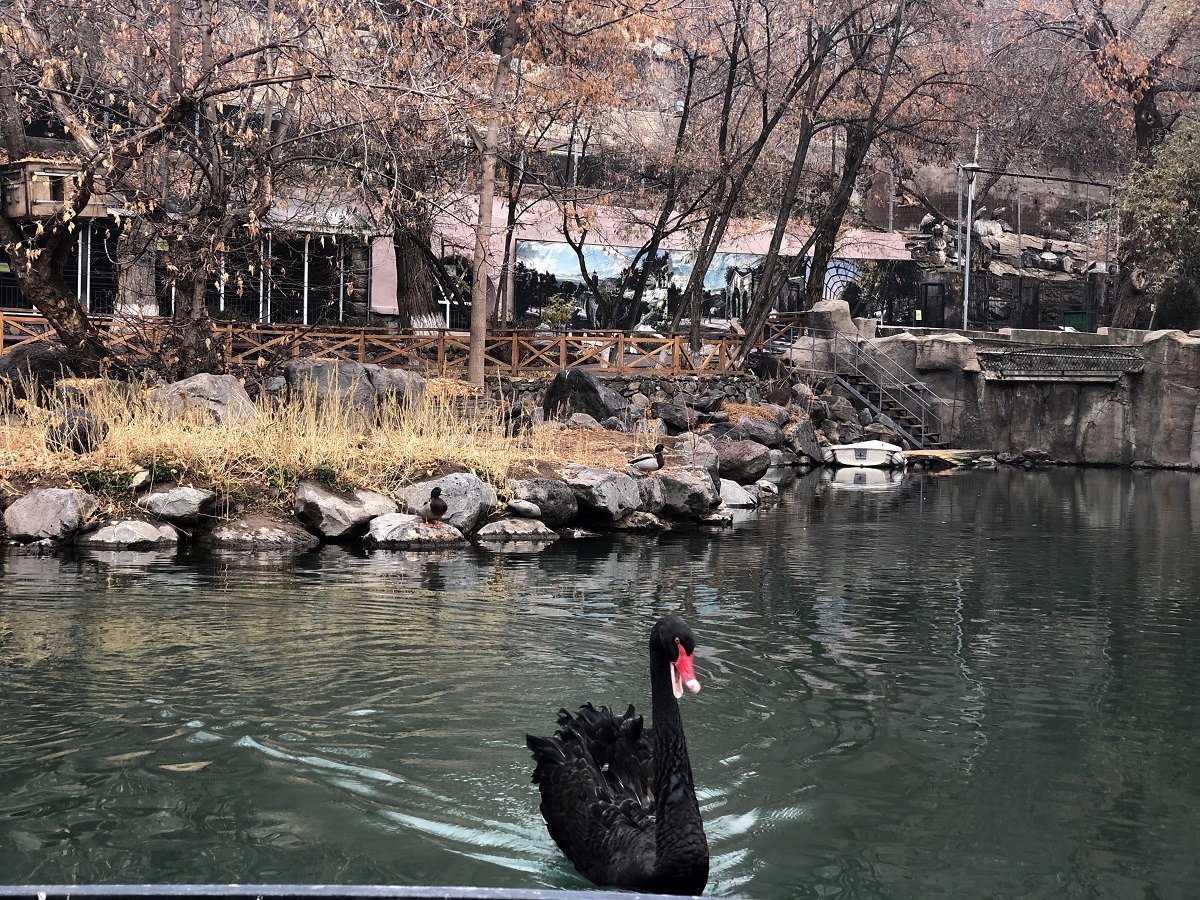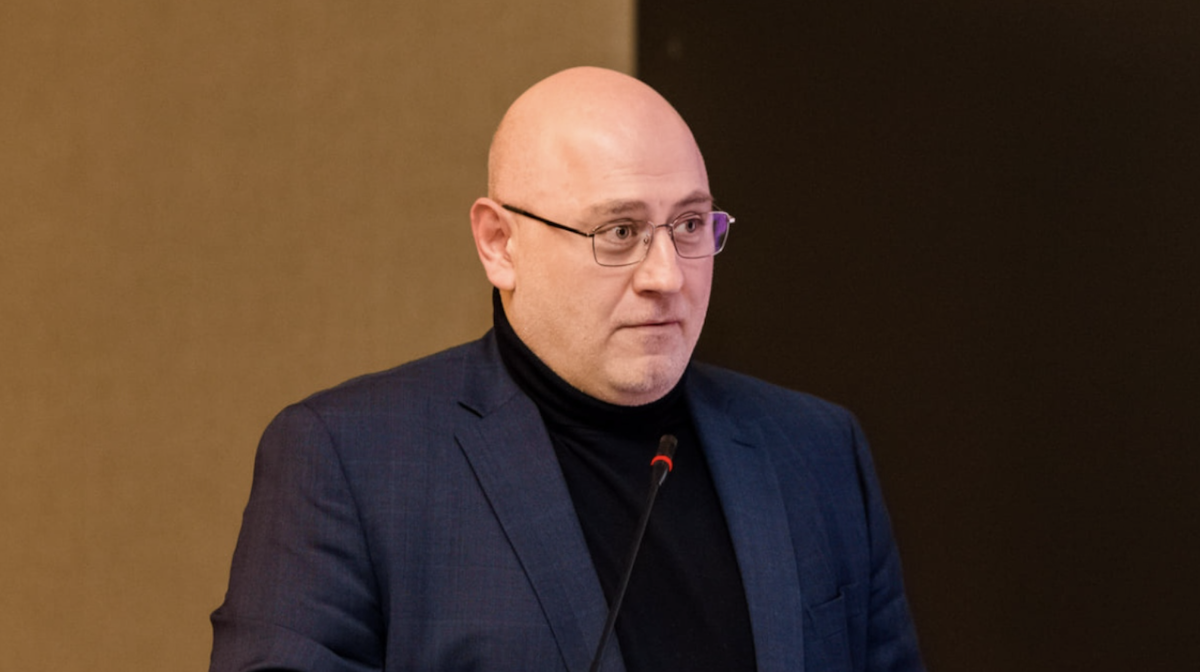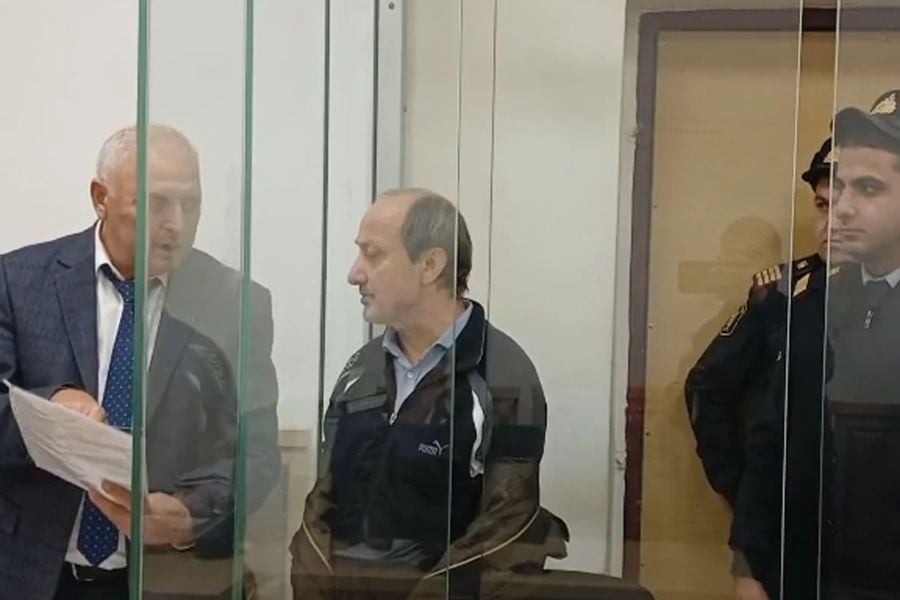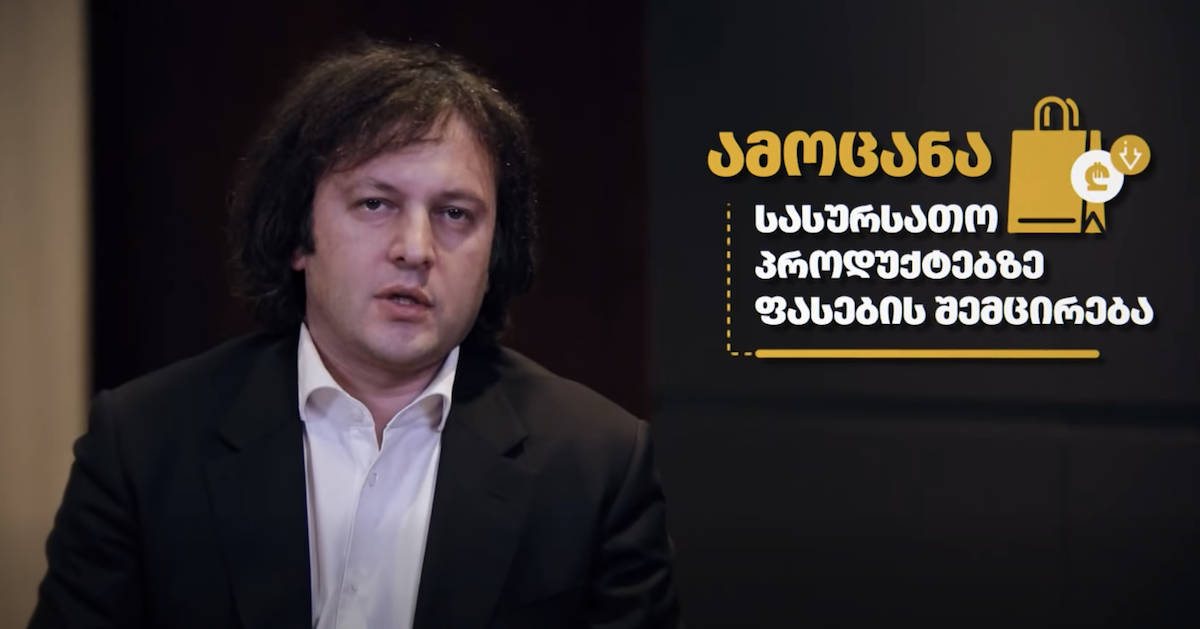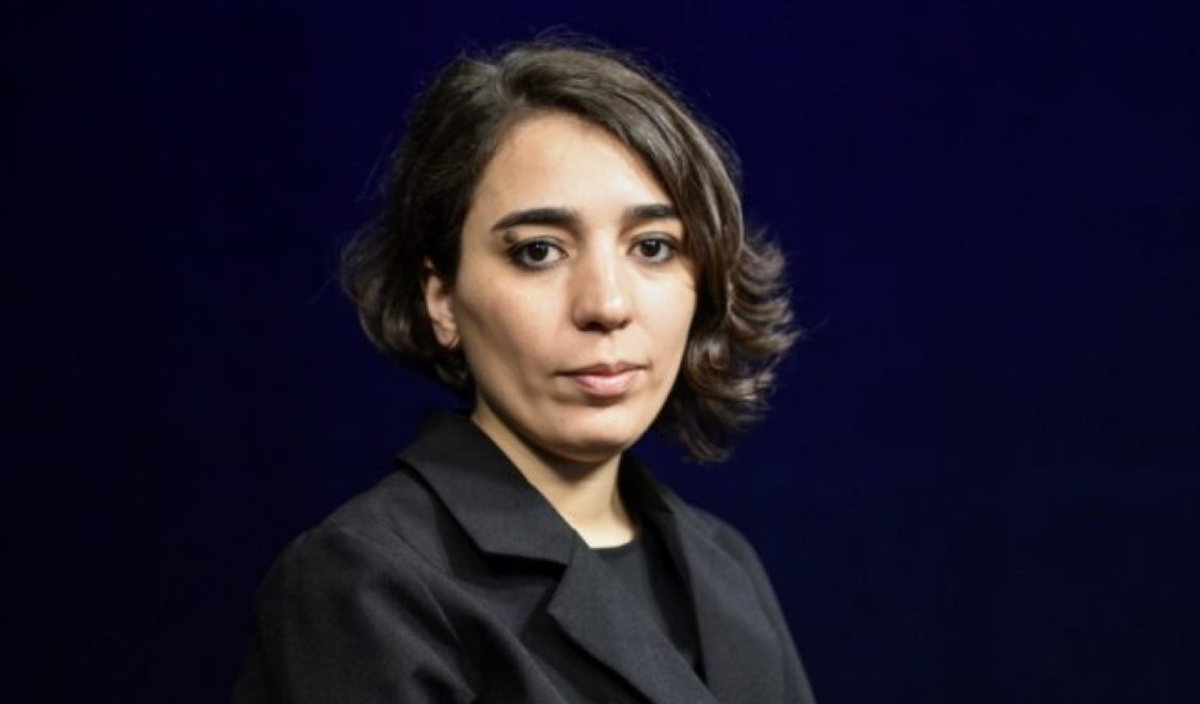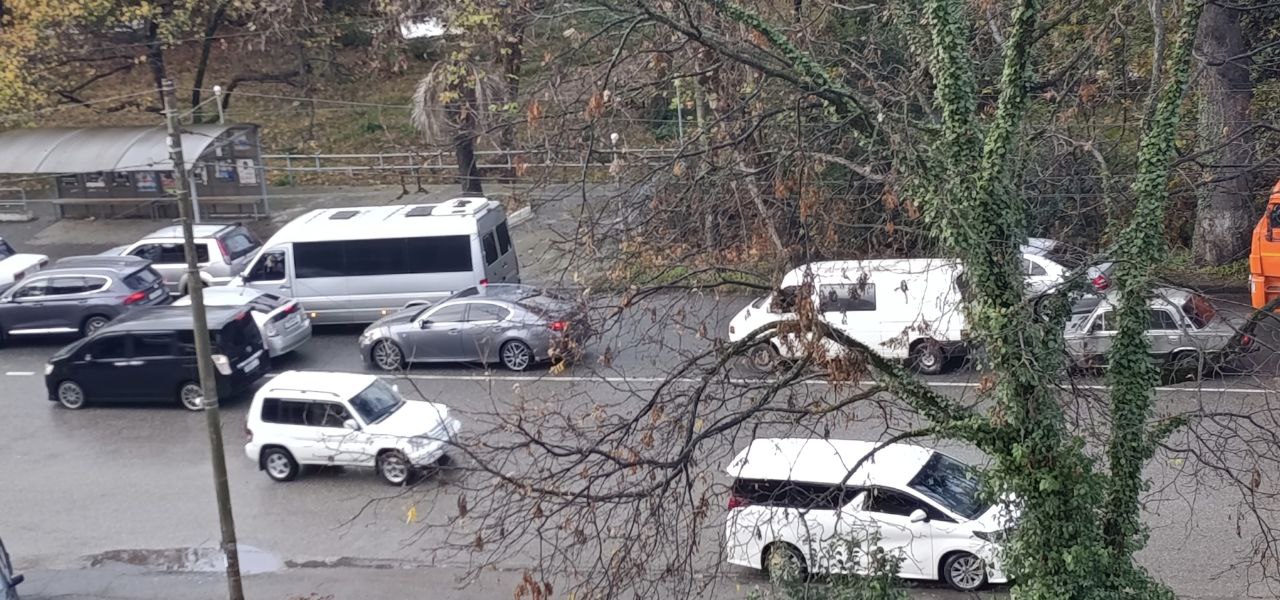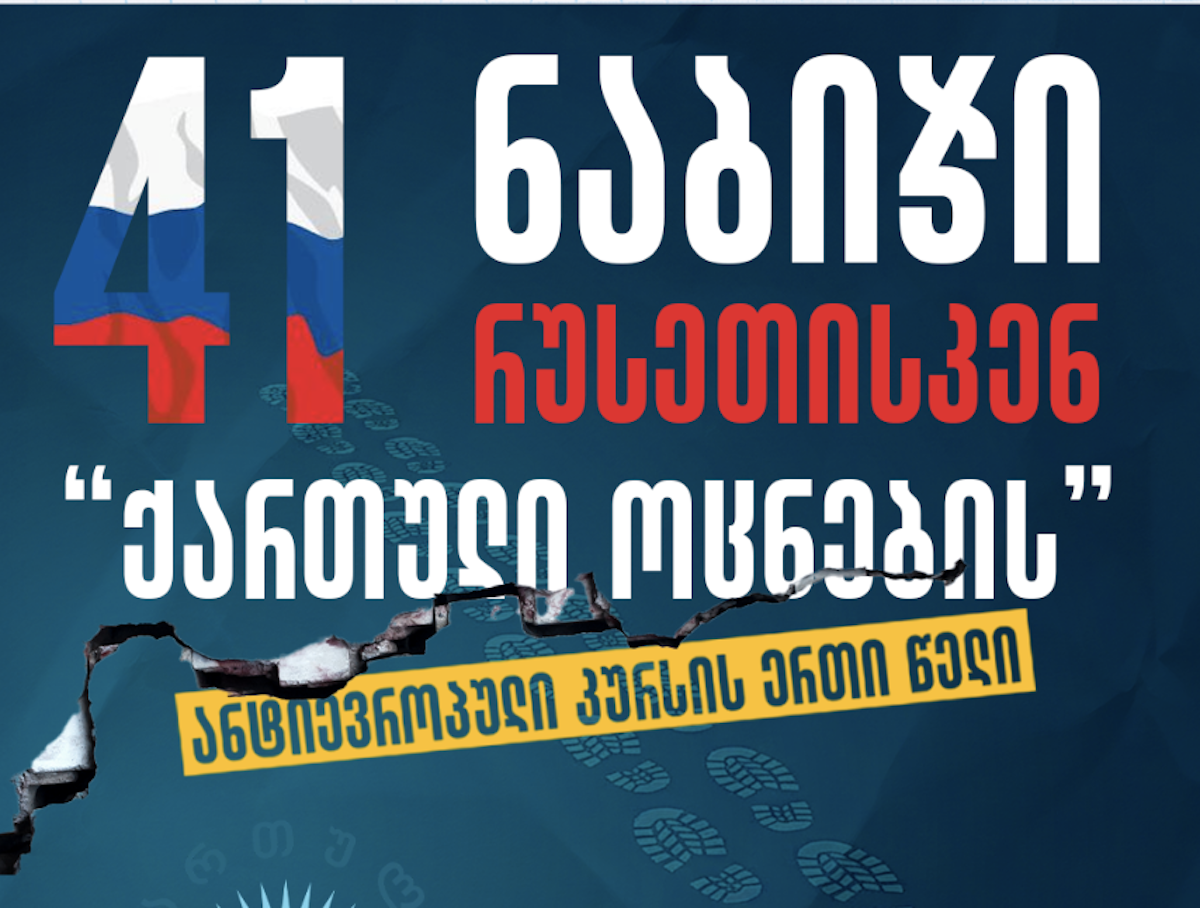Yerevan Zoo facing endless diseases, animal deaths – why?
The Yerevan Zoo again experience a loos in December – a bezoar ibex died. This animal is listed in the Red Book of Armenia. The chief veterinarian of the zoo considers age to be the most probable cause of his death, but is not entirely sure, as test results have not come back yet.
In late October / early November, stray dogs tore apart three kangaroos and three wild sheep, shocking Yerevan residents, who were told that during these hours the zoo simply did not have security and that it was necessary to build a fence around the park for which there was no money.
But that is not all. Diseases, poisoning and other strange, still unexplained circumstances in 2018 led to the death of a zebra, bear, crocodile, bezoar goat and two tigers. Lamas, a Cameroonian goat, deer and chamois were killed by tuberculosis.
What is happening in the park? Why have so many animals died in the last two years, who is to blame and how can the situation be corrected? There are no exact answers, opinions of experts differ.
• The lemurs and other inhabitants of Yerevan Zoo – photos and video
• In 90 seconds: four years after the Tbilisi flood
Who’s to blame?
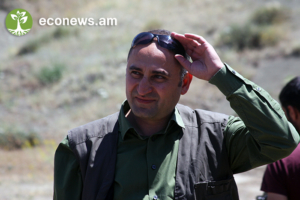
After the attack of stray dogs, Ruben Khachatryan, who had been running the zoo for eight years, quit.
He refused to be interviewed by JAMnews, did not agree to comment on the reason for his departure and the accusations made against him.
Accusations against Ruben Khachatryan have been brought forward by the zoo employees dismissed by him for more than a year.
They held many demonstrations demanding the resignation of the director, even contacted the police, presenting a 13-point indictment against the director of the zoo. Among them are deliberate sabotage: poisoning of wolves, killing of lions – which have not yet been proven.
Former employees complained about the authoritarian methods of work of Ruben Khachatryan, and his habit of not taking into account the opinion of specialists. There is even one account that the director specifically destroyed animals in order to use the territory of the zoo for other purposes.
However, current zoo employees support the former leader. They even wrote a letter to the city hall, asking not to accept Khachatryan’s resignation. They suggest that the animal deaths and dog attacks were organised by their former colleagues as sabotage.
In any case, now, after Khachatryan’s departure, only uncertainty has arisen. No steps have been taken to improve the situation.
The calamitous case of the kangaroos
“I felt terrible and saddened when I found out that the kangaroos had died. Even now I can’t calmly talk about it,” says Lianna Badalyan, who has been working with these animals for the past year.
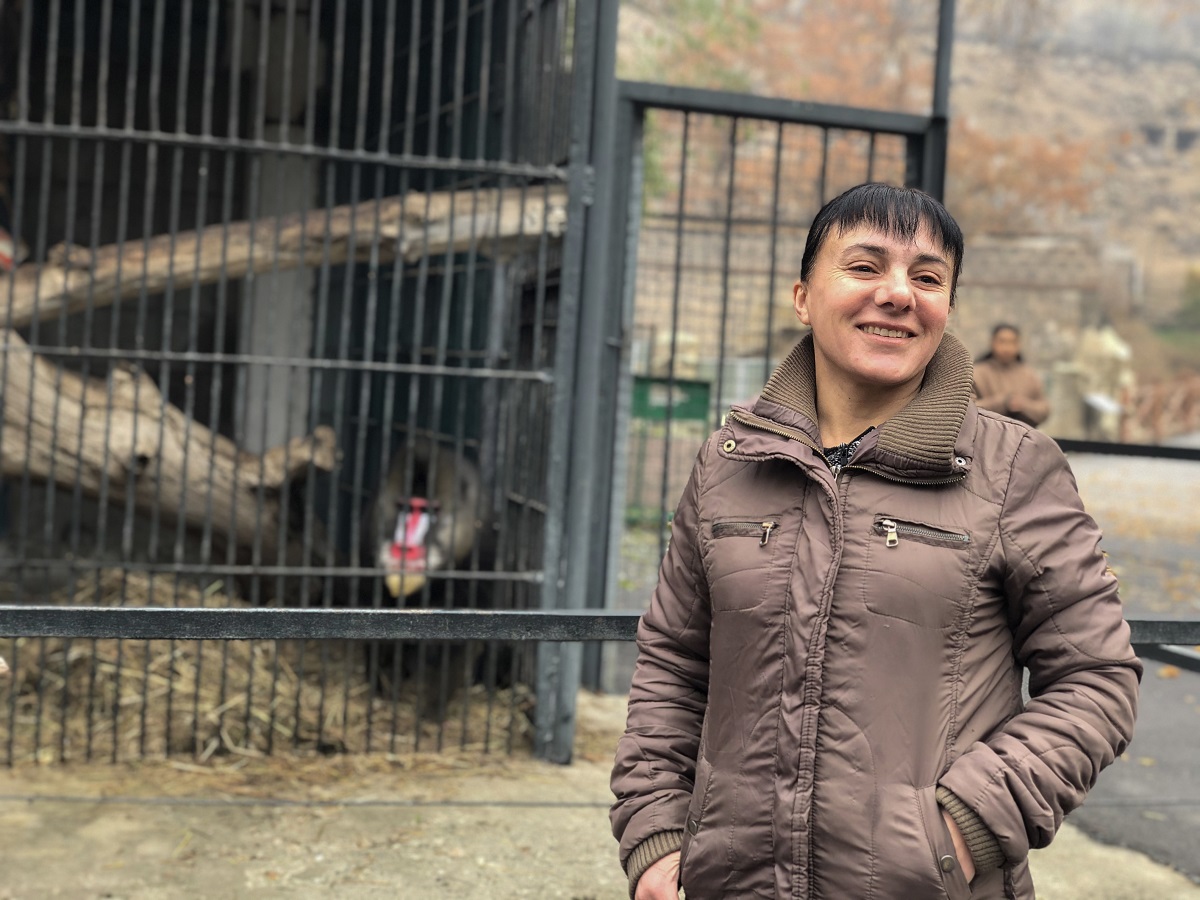
The kangaroos came to Armenia from Moldova, had managed to adapt and already trusted the zoo staff.
“Most of all, they loved corn more than themselves. As soon as one of them took the corn to eat, the others ran up. And although the poor fellow didn’t want to share, he still held the cob for others to eat,” says Lianna.
She has been working at the zoo for five years, and is now in charge of the monkeys. She says that by their habits and activities she can determine the mood of animals or their problems.
“When you communicate with an animal, you very quickly begin to notice changes – in the mood, in the gleam of the eyes. You even know that this monkey does not like you, and if today it does not show it, then something is happening to it. For example, one of the monkeys doesn’t like me, and as soon as I get close, she tries to catch me and hit me,” says Lianna smiling, without resentment.
She says animals are very sensitive, they love to be in the spotlight. Therefore, each time when she passes by, she feeds her wards with almonds, persimmons or apples.

Incomplete reforms
Zoo employees say that the former director began large-scale reforms, development and improvement programmes. In particular, enclosures were built for animals so that their living conditions would be as close to natural as possible.
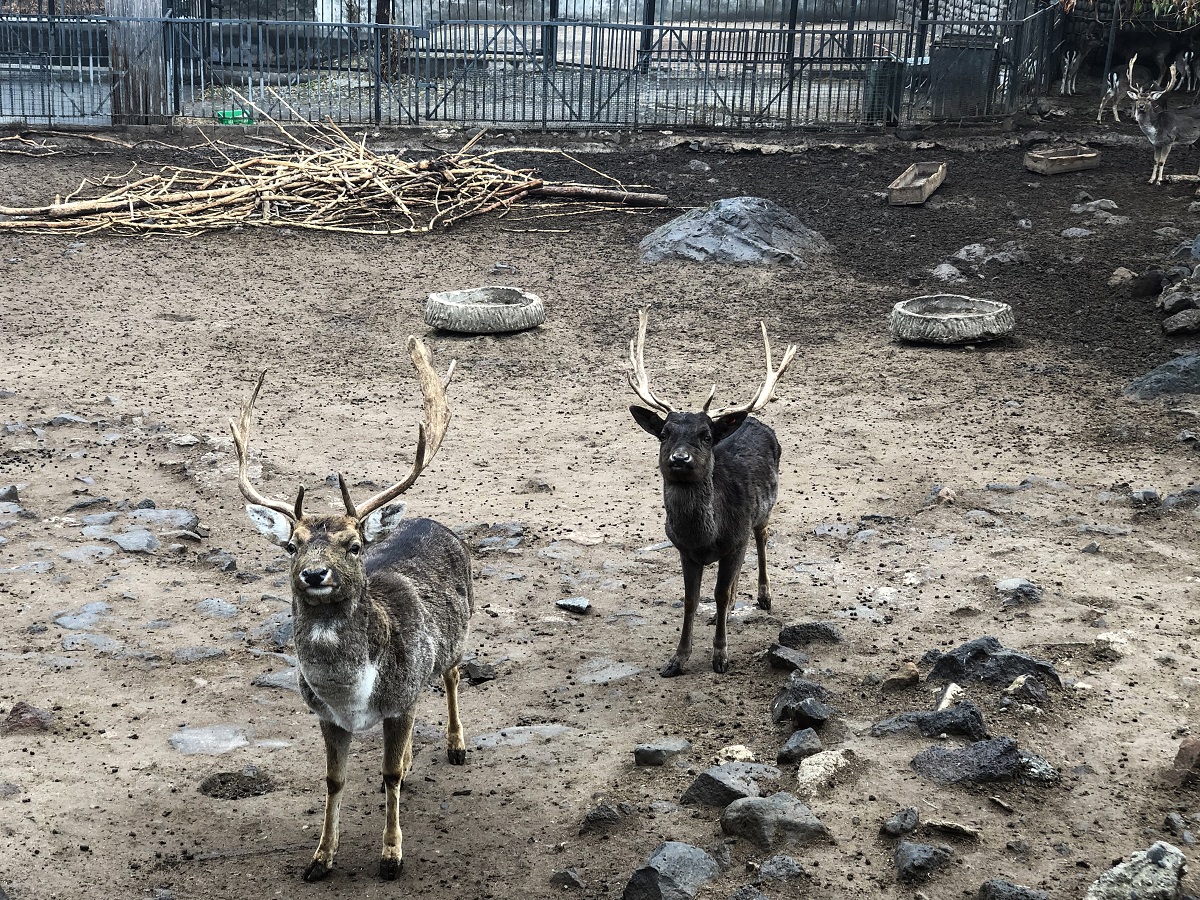
The head veterinarian of the zoo Harutyun Hovhannisyan, who has been working there for eight years, speaks about the construction of a clinic among some of the positive changes:
“When I first came here to work, there was only one cabinet for the clinic. Gradually, modern conditions for the treatment of animals were created.”
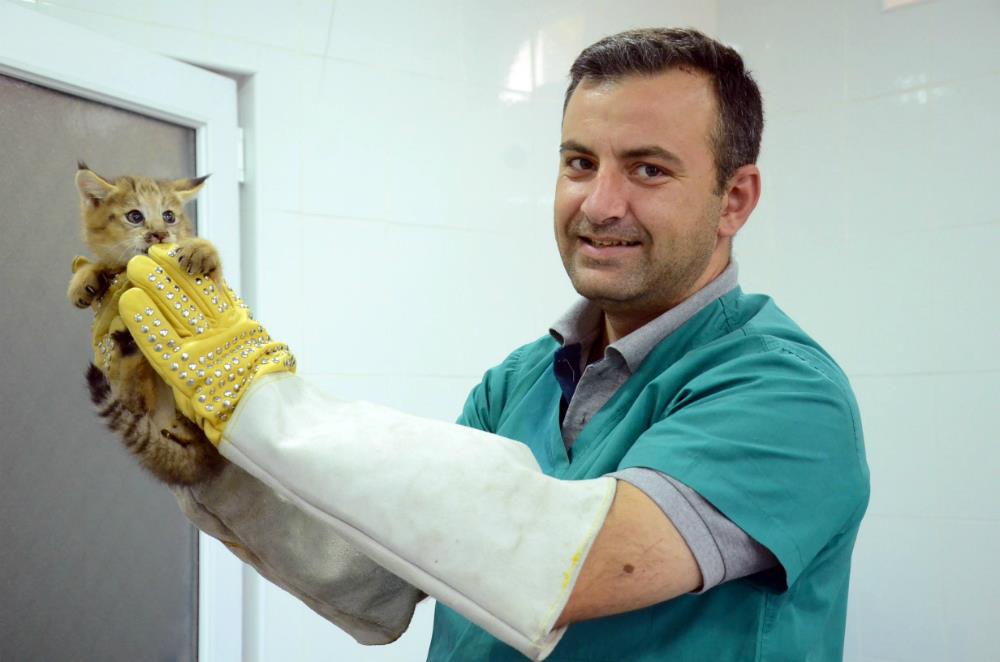
The veterinarian also considers it important to cooperate with foreign specialists and implement exchange programmes. All this was coordinated by the resigned director Ruben Khachatryan. And now it is not known whether the collaboration will continue.
Harutyun Hovhannisyan says, for example, specialists from England have recently come to the zoo and provided 20 animals with dental care:
“It was a big and expensive job. If the zoo does not cooperate with colleagues, if foreign experts do not come and share experience, the zoo will be isolated.”
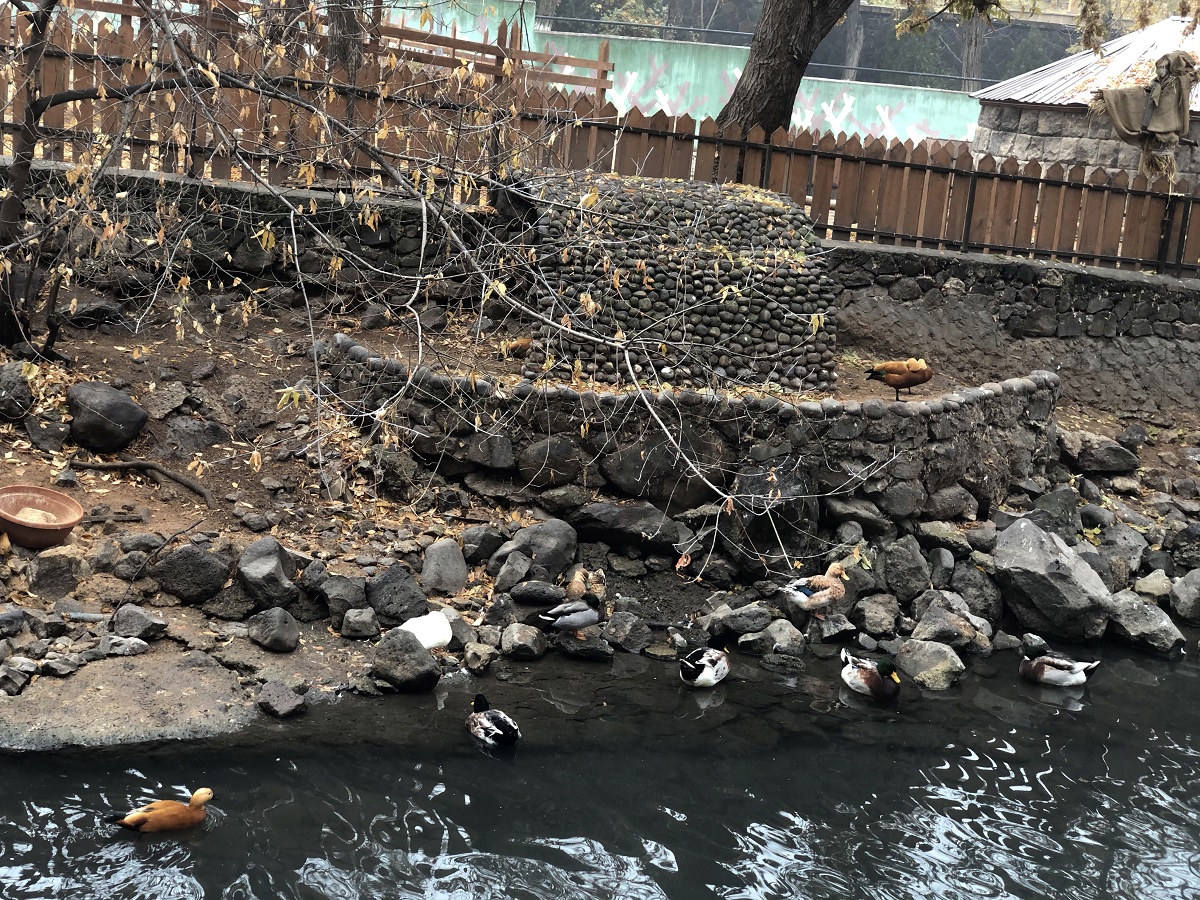
The veterinarian considers it an exaggeration to talk about the excessive number of dead animals, and says these indicators are below average compared to other countries:
“There have always been cases of animal deaths. A zoo is an organism where they are born, live and die. Every living organism has its own life span. And there are also diseases that cannot be prevented. It happens that other animals attack the animals or they themselves harm each other.”
Expert opinion
Veterinarian, head of the Foundation for the Protection of Endemic and Endangered Species Manuk Manukyan believes that the next head of the park should be aware of the mistakes of his predecessor:
“All decisions on managing the zoo were made by the director alone, and were not agreed upon with specialists related to wild animals – there were no such specialists here.
“It is necessary to create an expert commission. All issues concerning animals should be discussed with Armenian specialists, since local zoologists are familiar with the peculiarities of animals and the landscape.”
Manukyan says the issue of a fence for the zoo has always been a problem. And instead of building unjustifiably large enclosures, it would be better to invest in solving this problem.
As an example, the expert references the large space built for the lions. He says that huge amounts of money were spent on its construction, despite the fact that the enclosure could have been half as large, since lions are not the most mobile animals. The remaining amount could be used to build the fence of the zoo.
Manuk Manukyan claims that the landscapes of the enclosures in the zoo also does not meet standards. For example, bears are mobile animals, and due to the fact that their territory is located on a slope, they can disassemble, destroy their fence and get free.
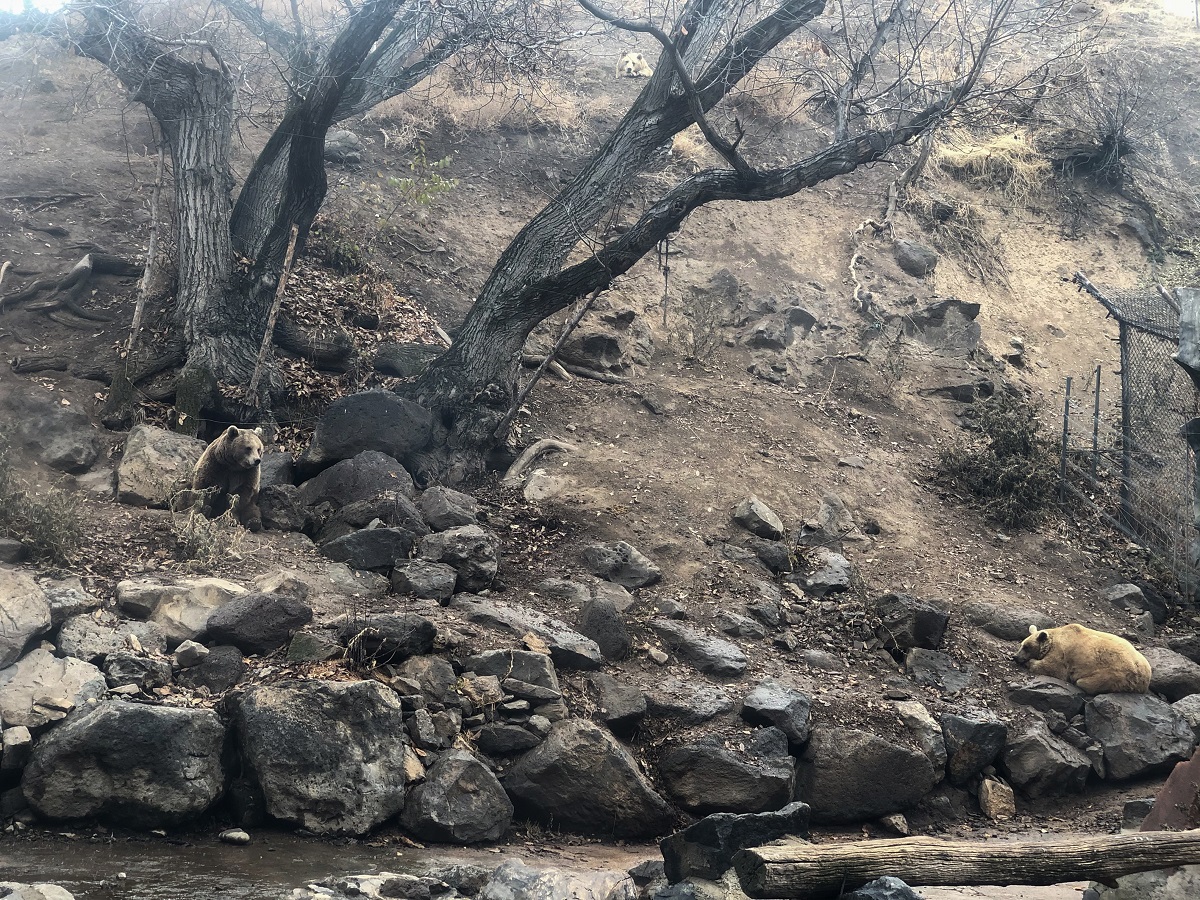
“There is also the possibility of the destruction of the enclosure of the wild sheep. And the animals will end up on the streets of Yerevan,” says the veterinarian.
What next?
At the moment, the boundaries of the zoo are being better defined. It turns out that some organizations have taken land from the zoo, and city hall is negotiating with them to free up the territory. After the boundaries of the park are finally determined, the city hall intends to finally enclose the park. The estimated dates are 2020-2021.
Yerevan Zoo covers an area of about 35 hectares. More than 180 species of animals live here.
The park was founded in 1940 and for all 80 years of its existence has never had a fence.
